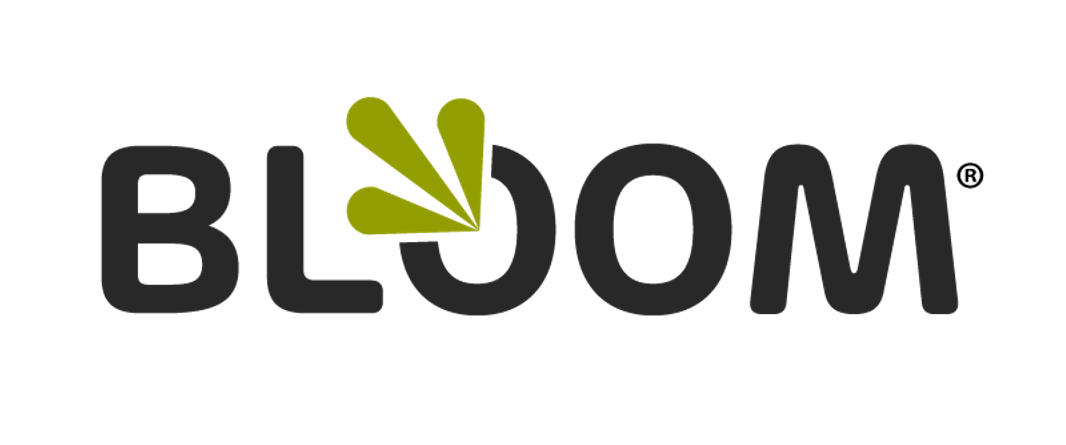The Temptation of More: What Drives Paying Too Much for Talent Management Software
We become enamored by bells and whistles for many reasons. In the world of talent management, it is usually out of wanting to cover all of the bases, except we find that most HR managers and executives don’t really know what performance management game they are playing when they are making their selections. Here are just some of the reasons why:
There is no focus on process. Letting software dictate your process is a huge mistake. This immediately causes the mindset to get every feature possible just in case you may need it someday. There is no focus on real objectives, culture, and steps for success. Upon signing of a new talent management software contract, you are left with a pile of tools and no vision of the house you are trying to build. This leads to overload and confusion at the start of your implementation process.
The assumption is made that “we can just turn off the features that we don’t want need.” If the features are there, they must be configured and reasoned with. Here is where the trade-offs begin. This will always make your talent management process more constrained and complex than it needs to be.
Another assumption: “the more we invest in the most robust system, the better the results.” When it comes to talent management systems, the proof is in the ability to successfully implement system use with front line management. Here, their measure is the simpler, the better. Your managers simply do not have time to be talent management software experts. They want to learn the system with a 2-hour or less training and move on to meaningful results. If they are spending more time tracking performance in software than mentoring performance in the field, then you have a problem.
Paying for expensive software cannot replace the value of top-notch HR management. Technology does not run itself – people and processes run software. HR management is the director of the orchestra. In fact, the more complex you make the system the higher the executive talent needed to plan and oversee the implementation all of the components.
“The more we pay, the more we prove our commitment to people.” This one may not be as conscious as the other assumptions. However, there are organizations where being and having “the best” is a part of their culture. In the quest to be the best, you can also end up buried in fees and features that take months if not years to sort through. At the end of the day, your people want to invest in them, not your software. They need to know very simply what you expect of them and what resources they have for growth and development. This is not complicated, nor should be the software that tracks it.
Systems like BLOOM come with a simple methodology that streamlines operations and keeps the complexity and high-expense out. Be clear on the process you are trying to achieve for optimal talent performance and keep it simple. Your bottom line will be richer and your people will be thankful.
Interesting in learning more about simple talent management? Contact us to schedule a demo of BLOOM.
